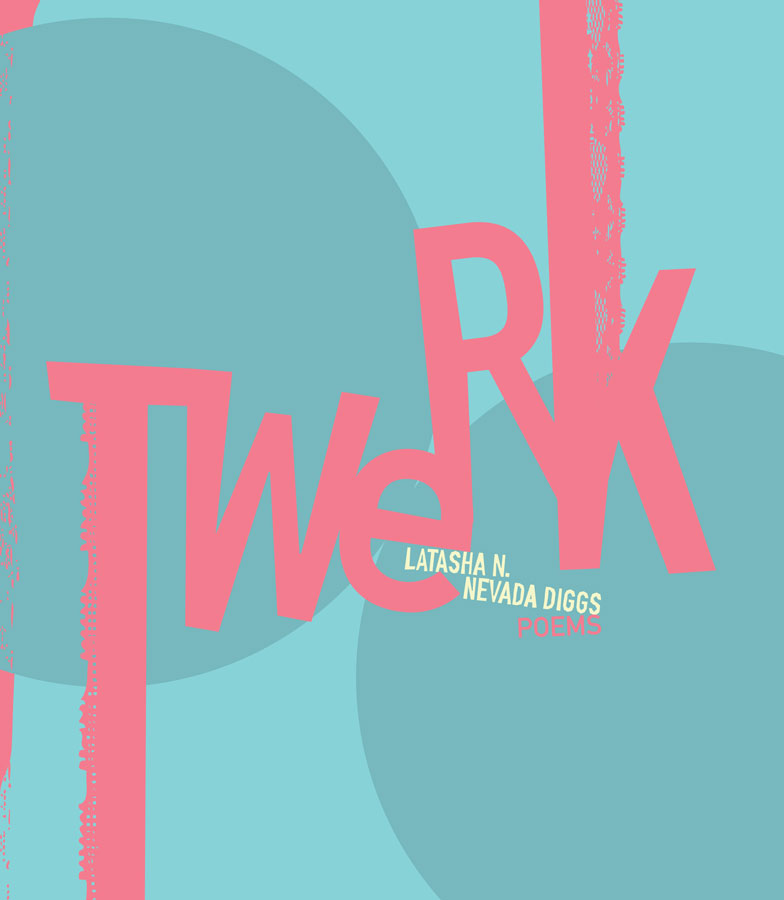“Performance is a bothersome word for writerly poets” writes poet Nathaniel Mackey in his essay “Sight-Specific, Sound-Specific…” from 2005. Despite twentieth century poetry’s rich tradition of performance, Mackey notes that in poetry there is often an expectation for words do the performing, as opposed to people or things. Yet, language exists beyond just words, and functions in tandem with images, gestures, bodies and technologies. In this series of readings, distinctions between the language of performance and the performance of language are blurred. Foregrounded are writerly poets who embrace images, gestures, bodies and technologies in the presentation of their poetry – as elements that don’t overshadow their poetics, but are embraced as part of its liveliness, and of reading as a social experience.
The series is structured via themes of sound, the body, technology, theater and comedy. These themes offer different formal histories for poets to explore the presentation of poetic language. Juliana Huxtable and LaTasha N. Nevada Diggs both experiment with the effects of audio distortion and sampling. Sophia Le Fraga, Ian Hatcher and Alejandro Miguel Justino Crawford all utilize different digital technologies to question the ground of their poetry. Whitney Claflin and Corina Copp present relational and formal theatrical environments out of which their poetics unfold.
There is an invisible architecture often supporting
the surface of the poem, interrupting the progress of the poem. It reaches
into the poem
in search for an identity with the poem,
its object is to possess the poem for a brief time, even as an apparition appears.
writes Barbara Guest in her poetic essay, “Invisible Architecture” (2000). In this she understands the formal and historical context of the poem as a material that contributes to its meaning – as both apart from and a part of poetic language. Reading functions similarly; it is not a neutral action, but contributes to the meaning of the text presented. In a moment when language and presentation of self alike are understood as multiple, and bound within wider, connected systems, performance becomes a means of making the “invisible architecture” of the poem visible, and activating it as a poetic material in itself.
